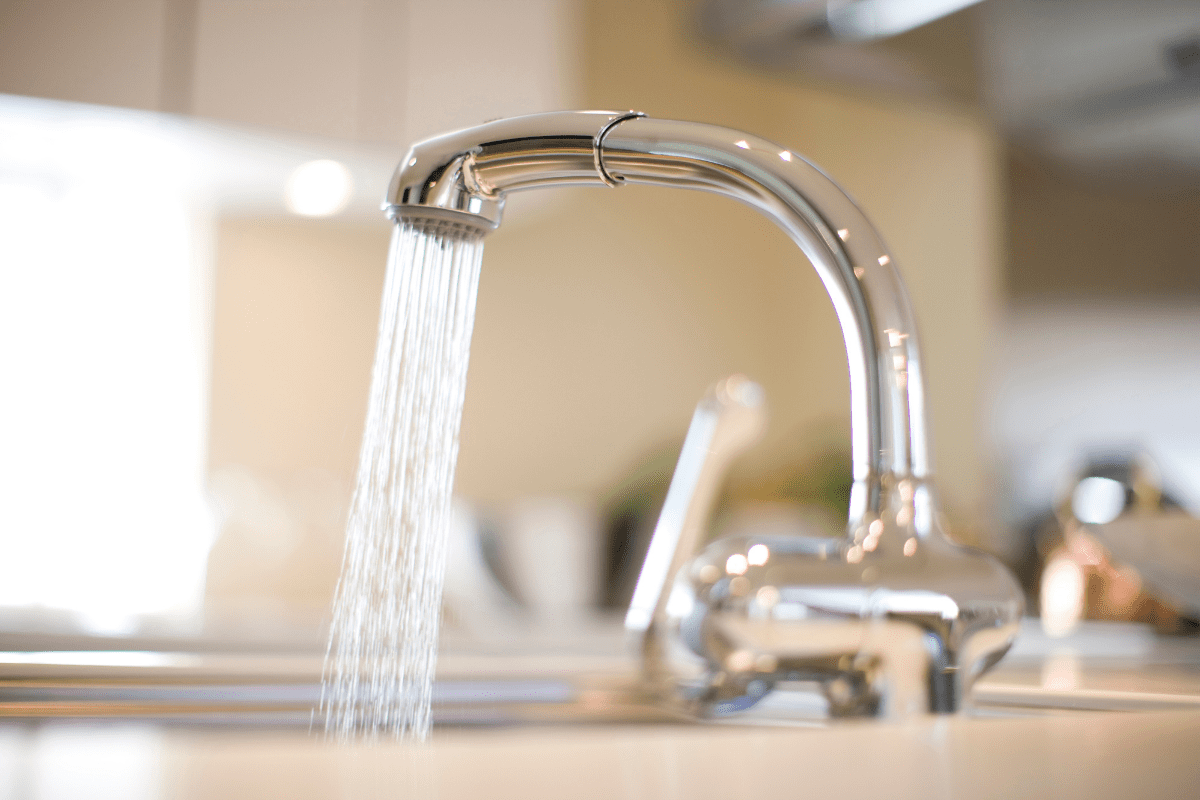Hard water can be a major problem in many households. You may not realize, but it can lead to more than just dry skin and frizzy hair.
If you have hard water at home, there are ways to combat it and make life easier.
Find out what a water softener does to fix the problem!
How Do You Know if Your Home Needs a Water Softener?
A water softener removes certain hard minerals like calcium and magnesium, including any metallic impurities, from your well water. The difference between hard and soft water can be visible on the surfaces of the items washed with it, including clothes, dishes, and pipes.
You will need a water softener if any of the following is true:
- Your laundry feels stiff and has wrinkles.
- You have a high level of soap scum in your bathtub or on shower doors.
- Your bathroom tiles seem to harbor more dirt than they should.
- Your skin looks dry, even after bathing.
- You’re using all sorts of chemicals to clean the dishes.
- You’ve realized how much time you’ve wasted scrubbing those icy patches off the driveway.
- Allergies have gotten worse and show up faster.
- The pipes around sinks, bathtubs, and toilets show signs of corrosion.
When the pH of well water is less than 7, it has more acidic compounds. Acids dissolve most metals, which makes them more susceptible to corrosion over time.
That’s why acids are corrosive agents—they literally eat away the metal by producing hydrogen ions. These ions react with metals to form volatile salts that escape as gas and create rust on metal surfaces such as pipes in your home.

Hard mineral deposits can build up in pipes, fixtures, and appliances to cause corrosion, leading to leaks or breaks.
This is why we recommend investing in a high-quality well water softener!
How Does a Water Softener Work?
Water softeners safely combine a well-known process called ion exchange with sodium to replace calcium and magnesium ions in household water. A detailed description of the process can be found here.
The result is much softer water that’s safe for laundry, dishwashing, and bathing.
Most water softening systems come in on-the-wall or whole-house models for installation in your garage or basement.
Now let’s have a look at the procedure!
Sodium Cycle Softening Process
Every salt-based water softener consists of a bed of spherical resin beads with negatively charged ions. As the water enters, these beads attract positively charged minerals like calcium and magnesium to bind them to their surface. Recall how anions and cations work—the same phenomenon happens here!
As a result, sodium ions, which stuck to the softening beads before, are released into the water to balance the electric charge on the resin.
So the resin takes away all the hard particles from the water before it enters your home!
What’s next? What happens when the resin gets saturated with hard minerals?
Water Softener Regeneration Steps
Water softeners for well water regenerate or recharge periodically to maintain the resin bed for optimal functionality.
With modern systems, the time when regeneration kicks in depends on your individual water use.
Preparing Brine Solution: Fill
To clean the hard minerals from resin beads, you need a brine solution. It typically consists of salt (sodium chloride) dissolved in water. In the fill stage, water flows into the brine tank filled with salt pallets.
You have to add the salt as required to the water softener every few weeks or months.
Resin Beads Cleansing and Brining
The brine solution now flows into the resin tank from the brine tank.
Here, the nozzle and venturi generate a suction force, so the saltwater can travel slowly through the resin beads for efficient cleaning. It releases and replaces the hard minerals bound to the surface of the ion exchange beads.
Flushing Out Hard Minerals: Slow Rinse
The brine valve automatically shuts off when the brining process is complete. However, freshwater continues to flow into the resin tank and washes away any brine and hard minerals down the drain.
Resin Bed Expansion: Backwash
Backwashing helps get rid of any leftover dirt and sediment from earlier cycles. So as the water flows upward through the resin tank at high speed, the resin bed expands to remove the accumulated solids easily.
Last Cleaning Cycle: Fast Rinse
Immediately after backwashing, a fast water flow runs down the resin tank to flush out the brine from its bottom. This step also packs in the expanded resin beads and prepares the water softener for another softening cycle.
Note: If your water supply has sediment, you can do an extra backwash and fast rinse cycle before the recharge.
Cost of Installing a Water Softener
Installing a water softener on your well is expensive, but the long-term benefits are worth the initial investment.
The costs of a water softener installation and maintenance vary widely.
It depends on:
- The size of your house
- What type of water softener you have
- Your home’s plumbing and well setup
It’s generally estimated that installing and maintaining a water softener system (easily found online) will run about $1,500 on average.
But if you’re handy with tools and want to save some cash by installing one yourself, there are some great DIY systems out there that might run as low as $500!
Final Words
Aside from being a pain to clean up (think of all that soap scum on your shower walls), hard well water can destroy your clothes and appliances.
You don’t have to worry about that once you install a water softener. It will also protect your pipes and plumbing system from corrosion. Hope this will help you to remove rust from your pipes.
So, are you ready to make a switch? We would love to hear from you!




